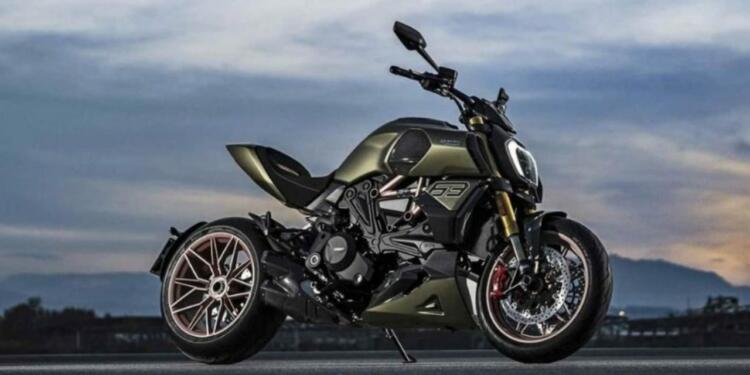India is the largest two-wheeler market in the world, accounting for nearly 40 per cent of global sales. While the number is quite big, the share of superbikes in it is rather infinitesimal. Such is the low volume market for superbikes and imports in the country that it doesn’t allow for a meaningful monthly analysis of their sales data.
Yet, the few, one sees on the road are not Indian brands. So why is there a dearth of Indian superbikes? And is that in any way connected to the absence of the Indian superbike on the international level?
The answer is yes and the reason is rather simple. The Indian bike manufacturers do not have the superbike segment on the priority list. These companies are reluctant to immerse themselves into the niche superbike market because of the buying habits of Indians.
Most Indian consumers looking to purchase a motorcycle are content with the 150-200cc bikes. Such machines are perfectly tuned for the Indian tarmac, cost considerably less and thus, the companies only play in and around this segment.
The top-selling bikes list, 2020 gives us a sneak peek into the buying habits of Indians. Hero Splendor was the top-selling bike, followed by Hero HF Deluxe, Bajaj Pulsar, Honda CB Shine, TVS XL 100, and so on and so forth. None of them is anywhere close to the superbike segment.
The problems associated with Superbikes in India
The superbike segment starts around 600 cc and goes all the way up to 1200 cc. However, when looking for Indian brands in this particular range — you will hear crickets. And there are reasons for it, other than the buying habits.
All the superbikes use high-compression engines that need high-quality, high-octane fuel. And such fuel is not easily available in India including the metropolitan cities.
Superbikes like Supersports litre-class machines are not at all practical for the Indian roads. One just cannot use these motorcycles to their full potential. The best type of high-end motorcycles for the Indian roads is the adventure class like the Multistrada, Tiger, RG and even the Africa Twin. Other than these the track-tools like the Ninja ZX10R is not too pleasant to ride on the pothole roads in India.
The pricing; high import duties
Then comes the price. Most superbikes are imported and India is not exactly known for low import duties. Kawasaki Z900 was the highest-selling Superbike for FY2021 and 299 units were sold in the previous financial year.
The Japanese Manufacturer, unlike other international bikes like KTM or Yamaha, doesn’t manufacture rather import directly to India because of which Import duty is high.
Thus, their prices, even for the niche audience, fall on the higher end of the spectrum. Thus, how does one expect the middle class to buy such machines?
The nascent Indian bike market and reluctance to innovate
Most of the big superbike companies are based outside India and they have had the technology and R&D going on for decades. Meanwhile, the Indian motorcycle market is still pretty nascent and finding the tune of its high-end customers.
As the per capita income of the country increases, the purchasing power of the customers will rise. However, the Indian companies cannot sit idle till then.
Showpiece events like MotoGP, if held in India can help drive the sales. Mercedes spends a fortune on its Formula 1 cars but it provides a certain pedigree to the brand. Viewers, who later metamorphose into consumers are drawn towards the brand ‘Mercedes’ after watching it on their screens.
A similar strategy can be adopted in India. If there was an Indian brand competing in MotoGP, the big, status-driven consumers of India will definitely hop on the bandwagon. Many would like to get their hands upon the shining livery of the bikes displayed in such marquee events.
Read more: A grand EV collaboration between BMW and India’s TVS is a big loss for China
Performance pedigree
However, to reach the levels of say, Italian companies like Ducati or Benelli, the Indian companies will have to invest heavily in the R&D. The market may not be as exciting at the moment but making a good, calculated punt on India has rarely gone wrong for any investor. Especially when the country is poised to be the fastest-growing economy in the years to come.
Even if the Indian bike manufacturers cannot reach the levels of Kawasaki, their products with the same specs will still be cheaper than the foreign imported bikes. Thus, a big untapped market remains for the taking. It’s only a question of which company takes the plunge by taking a leap of faith.
There is a market, one just needs to look past the stale numbers and old statistics. Innovation is the keyword and whichever company goes down this road will reap the rewards for it in the future.


































